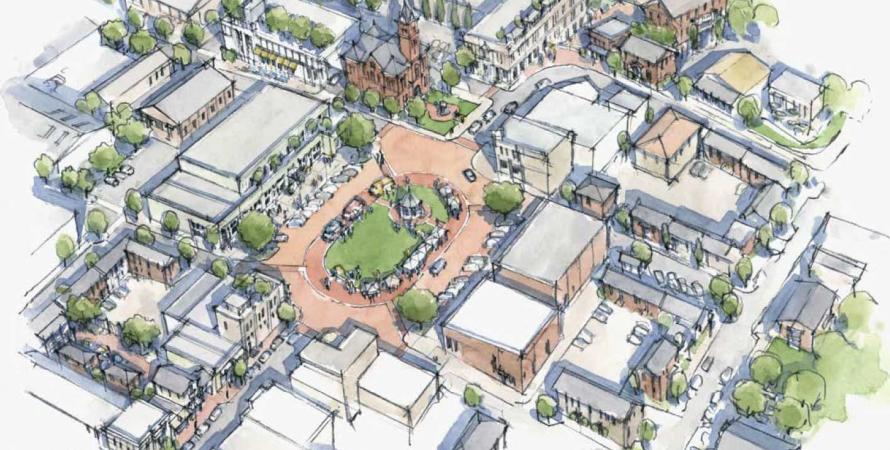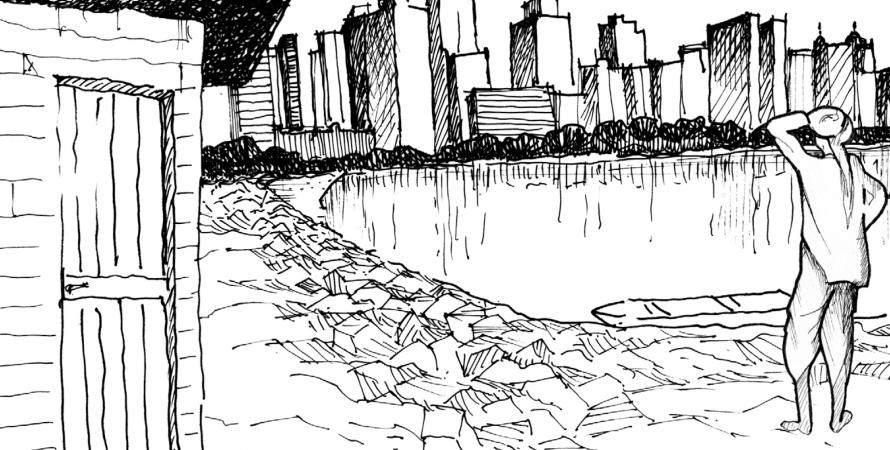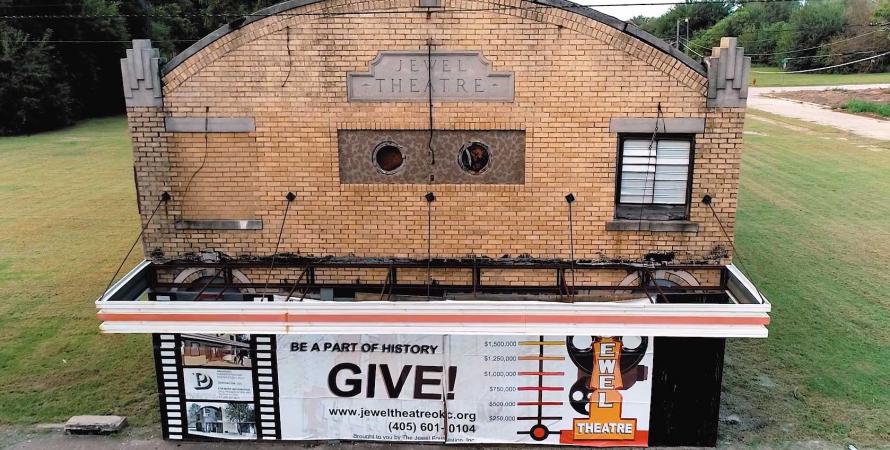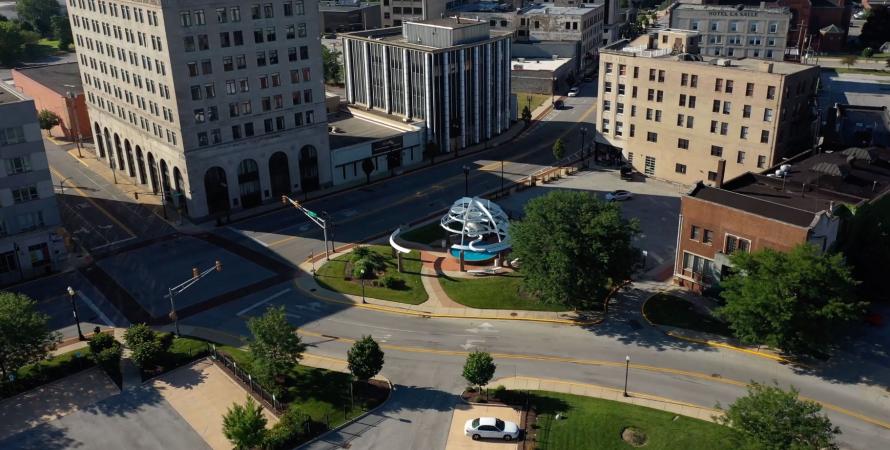-

Restoring a lost square
Often, in the 20th Century, the courthouse square structure was damaged by automobile-oriented planning. Recovering what was lost is not easy—it’s a process of strategic elimination and addition to repair the form that is hidden while the town grows.What can be done when a historic courthouse town has been robbed of its square? Clarkesville, Georgia, was founded two centuries ago as the seat of Habersham County, and grew as an early resort town in the Appalachian foothills about 70 miles northeast of Atlanta. The municipality of about 2,000...Read more -

Village life and cities in India, two sides of the same coin
Mahatma Gandhi was not wrong—India depends on its villages: But the community of the agrarian landscape may be reinforced in urban neighborhoods also.“The future of India lies in its villages.” On two recent occasions I have heard references to this sage assertion by Mahatma Gandhi. The first reference was made by an Indian developer blaming this statement for the narcolepsy that politicians have displayed toward the value of Indian cities. The...Read more -

Legacy Project focuses on historic Black theater
The Jewel Theatre is a 1931 brick building with Deco details on 4 th Street of Oklahoma City—the only building left standing on what was once a thriving main street block in a Black business district. The Jewel Theatre operated from the 1930s through the 1970s, and is now a deteriorating shell...Read more -

Hammond, Indiana, and a more walkable USA
A film segment tells the story of an American city, its struggles, and a future revitalized by urban design.The video below is a segment of a larger documentary, not yet released, called Walkable USA. This film tells the compelling story of Hammond, Indiana, a rust belt city that once had a great downtown, and intends to have one again. Walkable USA - Proof of Concept from House Painter Media on Vimeo ...Read more